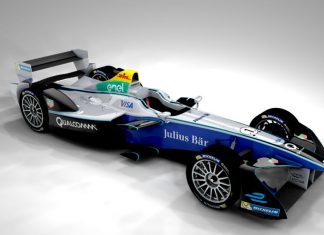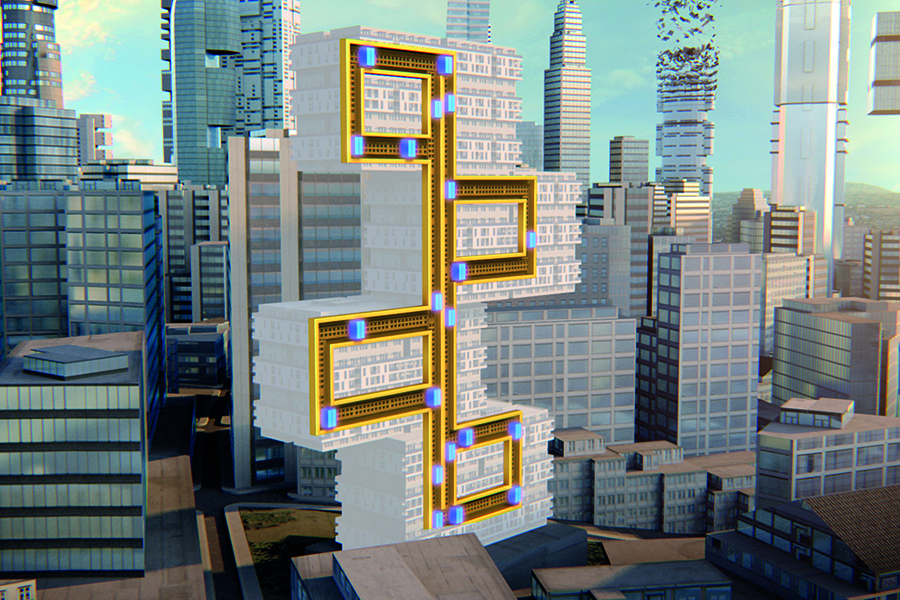
For generations, futuristic technologies such as robotaxis and elevators that move sideways through buildings have been a staple ingredient of science fiction and fantasy movies. Now, thanks to the power of digitalization and artificial intelligence (AI), these are becoming a reality, leading urban mobility and architecture into exciting new territory.
Already, ordinary car drivers have access to a range of navigation, safety and infotainment services that just a few years ago existed only in the imagination of film-set designers and games developers. Nvidia, whose technology powers the lane control and parking assist functions of most cars today, started life as a specialist in video games and animation. “We helped bring modern consumer technology into the car industry,” says Danny Shapiro, Nvidia’s senior director of automotive. “The systems we build are now the brains inside self-driving vehicles.”
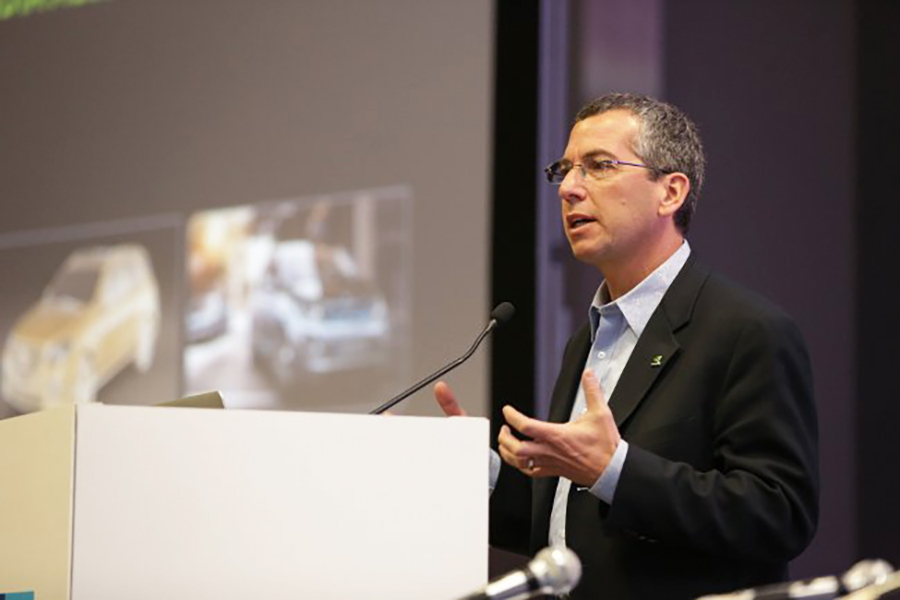
Cruise control and lane keeping represent only the first step in the journey towards cars, trucks and buses that are fully powered by AI. The latest version of Nvidia’s DRIVE platform enables vehicles to detect camera blindness, for example when the sun shines directly into a sensor or when mud or snow limit a camera’s vision, allowing the car to take appropriate action. The system even incorporates facial identification, so that a car will be able to open its doors or start its engine automatically when a recognized driver approaches.
By feeding these systems with vast volumes of data, Nvidia developers are also helping vehicles learn for themselves how to recognize different road users such as pedestrians, bicycles, fire trucks, dogs and cats, increasing traffic safety and opening up the roads to new segments of society.
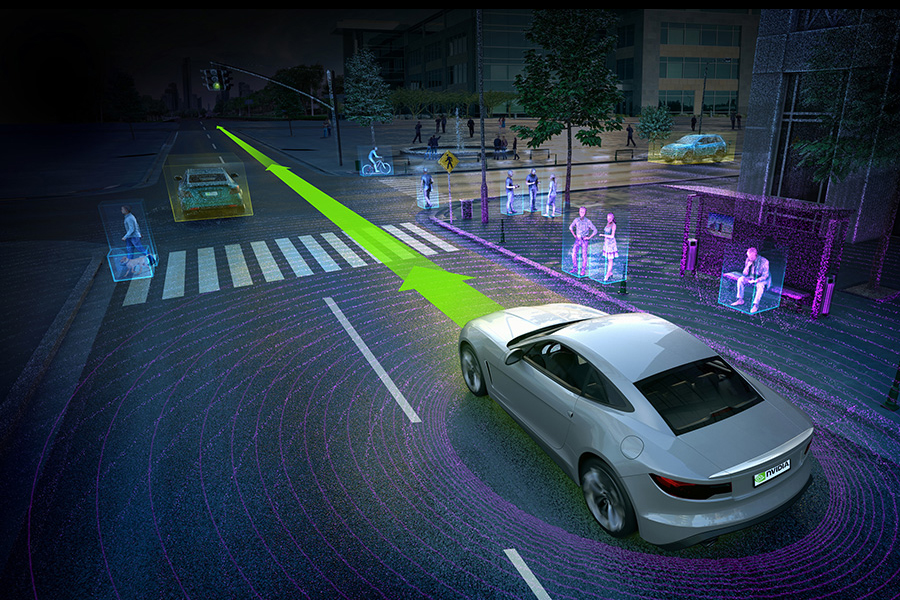
“What we are developing will save lives and give unprecedented access to driving to people who are blind, disabled, too young or too old,” Shapiro says. “It will change society for the better.”
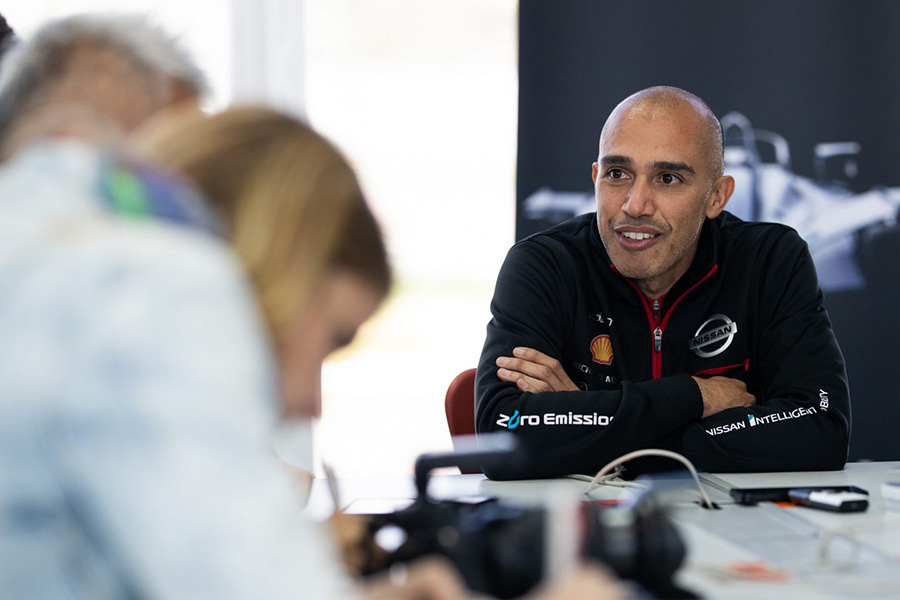
Software is also playing a crucial role in another aspect of the revolution on our roads: electrification. “People focus on batteries and motors, but software is just as important,” says Michael Carcamo, global motorsport director at Nissan, one of the world’s leading producers of electric vehicles (EVs). “It will be software which will drive the performance and capabilities of EVs in the future.”
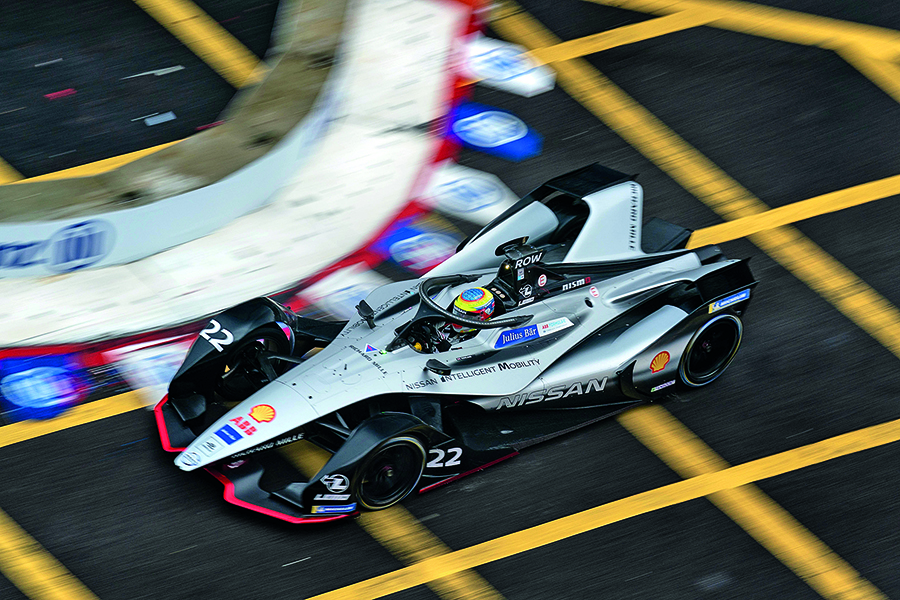
Meanwhile, digitalization is opening up a new chapter in the history of the unsung technology that has made today’s high-rise cityscapes possible: the elevator.
In the 800-feet high Innovation Test Tower of thyssenkrupp Elevator in Rottweil, Germany, the company’s MULTI elevators use data from Internet of Things (IoT) sensors and AI to predict demand and send cabins to the floors where they are most needed, by large groups at peak times or even by regular individual visitors.

Even more dramatically, the elevators can achieve all this without ropes and move in new directions. Inside its test tower, the company has installed cabins using sophisticated linear induction motors rather than cables and belts.
“Our elevators can move both vertically and horizontally, making it possible to serve buildings with no limitations to height or design,” says Prof. Michael Cesarz, CEO of the MULTI division at thyssenkrupp Elevator. “It opens up totally new possibilities in architecture.”![]()
As published in TIME magazine





















